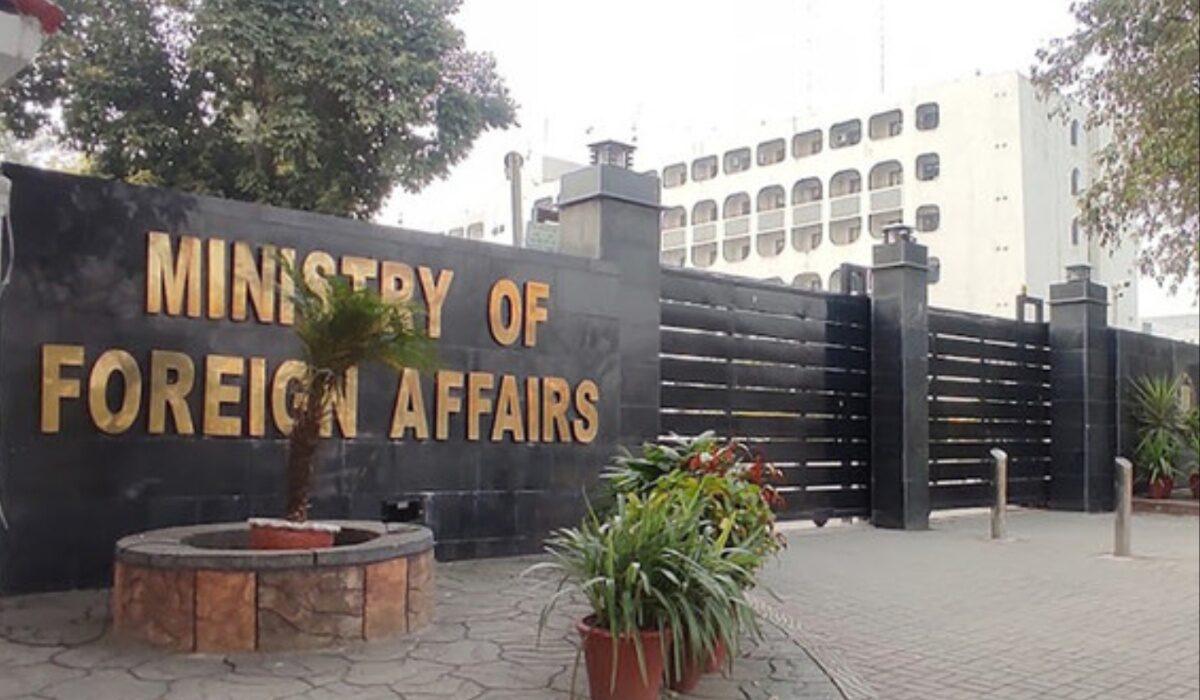The ongoing situation is a "climate-induced humanitarian disaster of epic proportions".


Since the summer season began, historic monsoon rains and flooding have lashed Pakistan, destroying more than 400,000 homes across the country— displacing hundreds of thousands and wrecked swathes of cotton crops.
One of the most effective ways to solve the inconsistency between supply and demand of water resources is to build reservoirs and construct dams— which give tremendous benefits for flood control, irrigation, water supply for human needs, electricity generation, shipping, agriculture and economic development.
However, Pakistan built only three large dams since 1947, including Tarbela Dam (World's largest fill-type dam)— built over the River Indus.
Mangla Dam is the second largest water retention reservoir in Pakistan, serving as one of the major sources of irrigation water for Pakistan since the late 1960s.
Warsak Dam is third on the list of the Famous Dams of Pakistan—located on Kabul River.
Overall, Pakistan has around 150 dams spread across all the provinces.
In this concise yet informative article, we will walk you through the famous dams in Pakistan and the reservoirs that are still facing hindrances.
Why construction of dams is crucial for Pakistan?
Dams should be constructed as soon as possible to overcome water crisis. Nevertheless, two major factors have blocked dam-building process. First is control of resources, funds and power; and second is foreign and local agendas to block every essential proposal for any dam.
Blocking the building of dams, in particular, the Kalabagh dam and other smaller dams has deprived people and the country from proper industrialization and growth.
Challenges
Climate change is playing its role too, but, Pakistan is facing political challenges when it comes to the construction of dams.
The significant annual uncertainties of river flows in the Indus Basin demand a rethink of our reservoir management and operations strategies.
Kalabagh dam is need of the present time and the future because nearby dams like Tarbela and Mangla has fulfilled their life and they are not capable of more water storage and power generation.
Notably, Kalabagh dam alone can store more water and produce electric power than Tarbela and Mangla dam and surging flood destruction ratio in the country shows the importance of construction of not only Kalabagh dam but also more dams in the country.
As Pakistan currently only stores just 10% of its available water source and rest of the 90% of the water is wasted into the sea with no use.
Consequently, there’s a great need to build more dams to store water for both agricultural and power generation purposes.
Kalabagh Dam conflict
The dam has been intensely debated along ethnic and regional lines.
For over four decades, plans to construct the Kalabagh dam on the Indus River have been the source of recurring disputes.
Proponents present it as a way to address water and energy demands; opponents, however, argue that the dam would affect downstream water access and livelihoods.
If constructed, the dam could generate 3,600 MW of electricity.
In downstream Sindh province, politicians have described the dam as a “water theft” by the province of Punjab, where the dam is planned to be built. Furthermore, construction of water infrastructure in Punjab has been a source of recurring protests in Sindh.
There is also opposition to the dam’s construction from the upper riparian province of Khyber Pakhtunkhwa (KP). As the border between Punjab and KP lies directly north of Kalabagh, much of the water catchment is situated in the latter, which means KP risks losing a large area of agricultural land to flooding from the dam’s construction.
Following mass protests and strong opposition from Sindh, the project was suspended in 2008.
However, planning re-opened in 2012 and owing to several reasons, was put on hold again.
In December 2004, Pervez Musharraf announced that he would re-initiate the Kalabagh project to serve the larger interest of Pakistan. However, on 26 May 2008, the then Federal Minister for Water and Power of Pakistan, Raja Pervez Ashraf, said that the "Kalabagh Dam would not be constructed" and that the project had been cancelled due to "opposition from Khyber Pakhtunkhwa, Sindh and other stakeholders, the project was no longer feasible".
In 2010 after the worst floods in Pakistani history, the Prime Minister of Pakistan, Yousaf Raza Gilani, stated flood damage would be minimized if the Kalabagh Dam were built.
Diamer-Bhasha dam
Over the last decade, the demand to build a new mega-dam intensified in Pakistan. The proposed Diamer-Bhasha dam, was an obvious choice, because all provincial governments agreed to its location.
At 272 metres high, it would be the highest roller compacted concrete dam in the world, and would provide power generation, water storage and flood control. However, all refused to finance the project, due to the opposition of India – the dam site is located in the wider Kashmir region, disputed territory between India and Pakistan.
The plan for establishing the Diamer Bhasha Dam was presented by Gen. Pervez Musharraf, former president of Pakistan.
It is pertinent to mention here that the real cost of building Diamer-Bhasha Dam is likely to be 10% of our Gross Domestic Product (GDP). Few countries in the world would spend 10% of their GDP on a risky proposition.
According to experts, this dam can bring economic development to Pakistan. It will also increase the lifespan of the Tarbela Dam by 35 years.
In June 2018, Pakistan’s top judge surprised many when he ordered a crowdfunding campaign be started to build the Diamer-Bhasha dam—which had fallen short of its target.
The project still faces obstacles; and three factors loom as major problems that could jeopardise the project.
- The first is a dispute over the total cost of construction.
- The second factor is diplomatic opposition by India.
- The third factor which could potentially impede progress of the dam is opposition by the indigenous people of Gilgit Baltistan, where the dam site is located.
The Indus River route has great potential of building thousands of small to medium dams. The Federal Government should draw up a policy to use geology and engineering departments in universities all over the country to develop small dam projects according to their local environment in their respective areas.
The federal government has to develop water containment policy while implementation should be undertaken by local or district governments.
Famous dams in Pakistan
Tarbela Dam
Located near the city of Swabi, this humongous dam was constructed on the River Indus. Its construction started in 1968 and ended in 1976.
The dam was built 143 meters above the river belt, with a storage capacity of 11.1 MAF. The maximum elevation level of the dam is 1550 feet.
Speaking of electricity generation, the dam has 17 water turbines solely dedicated to the production of hydroelectric power. With the power generation capacity of 4888 Megawatts, the Tarbela dam produces around 70% of hydroelectric power.
.webp)
Rawal Dam
Rawal Dam, one of the most famous dams in Pakistan—located in Islamabad— was built to provide water supply to the twin cities.
The dam has a water capacity of around 42,000 acre-feet.
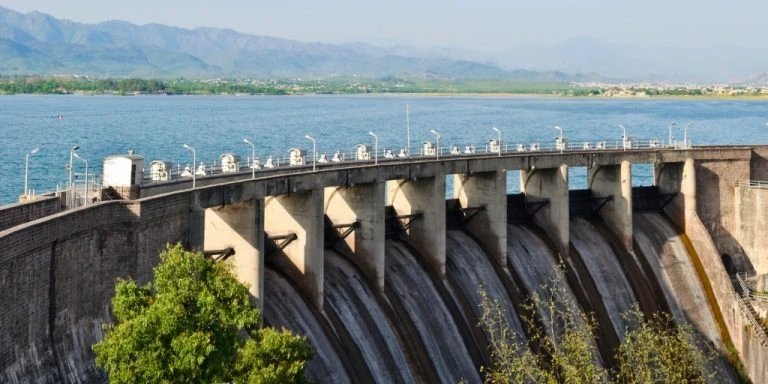
Mangla Dam
Mangla Dam is not only a water reservoir but an important player of the international treaty between Pakistan and India, the Indus Waters Basement Treaty.
The dam was constructed on the River Jhelum and got its name from the nearby village called ‘Mangla’.
It was considered to be the fifth-largest dam of the world—currently, the 12th largest dam in the world.
The primary purpose of Mangla Dam is irrigation and power generation for the nearby areas. With its 10 turbines, the dam can produce 1310 Megawatts of electricity.
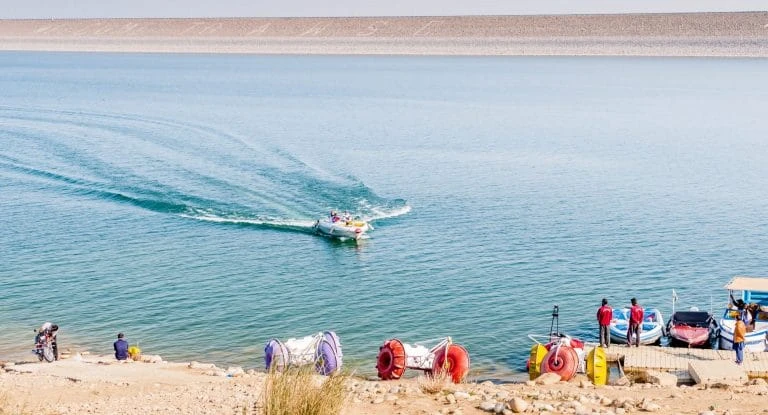
Khanpur Dam
Khanpur Dam, a multipurpose water storage facility is located in Tehsil Khanpur—is built on the Haro River. The primary purpose of the dam was to supply drinking water to the capital of Pakistan, Islamabad. In addition to that, Khanpur dam also provides irrigation water to Islamabad, Haripur, Attock, and Rawalpindi.
The construction of the dam started in 1967 and it took 15 years for the completion.
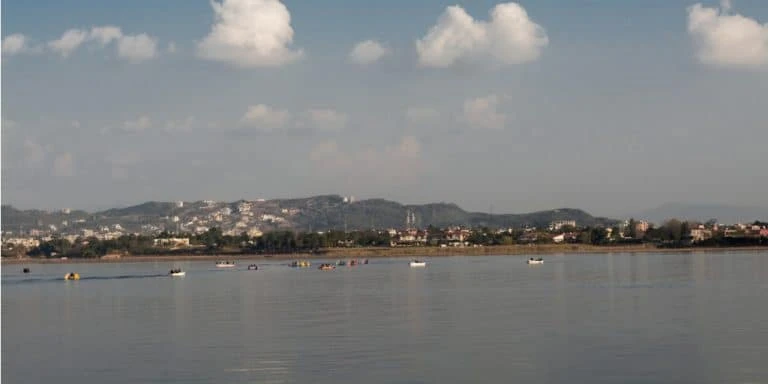
Projecting Tuesday's penultimate CFP top 12
- 6 hours ago

Republicans ask the Supreme Court to gut one of the last limits on money in politics
- a day ago

Apple will reportedly refuse India’s order to preinstall a government app
- a day ago
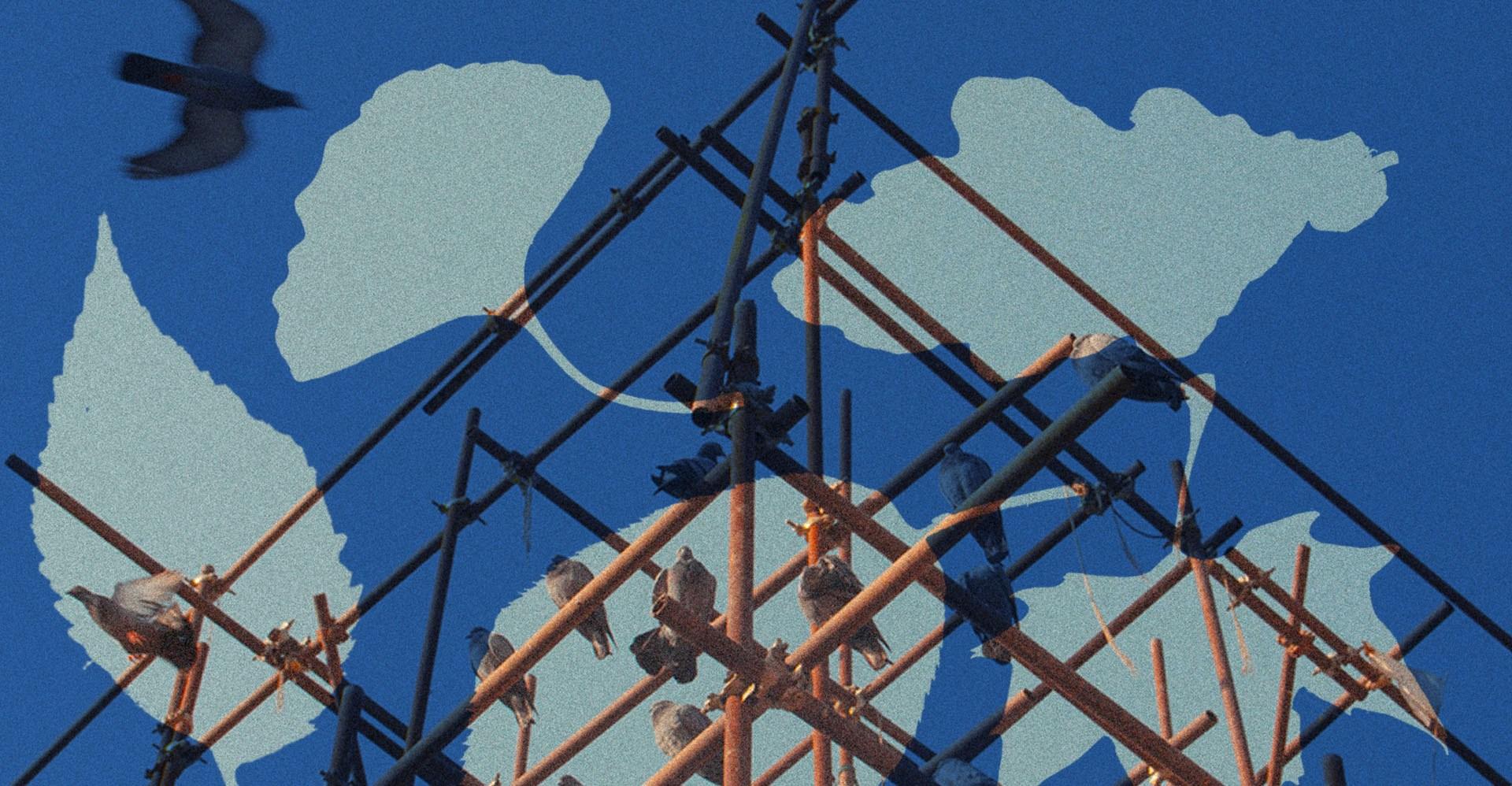
The Case for Growth
- a day ago

Wooting’s 60HE v2 is a solid upgrade to the best gaming keyboard
- a day ago

Spotify Wrapped 2025 turns listening into a competition
- a day ago

Pakistan, Kyrgyzstan vow to boost ties in diverse fields
- a day ago
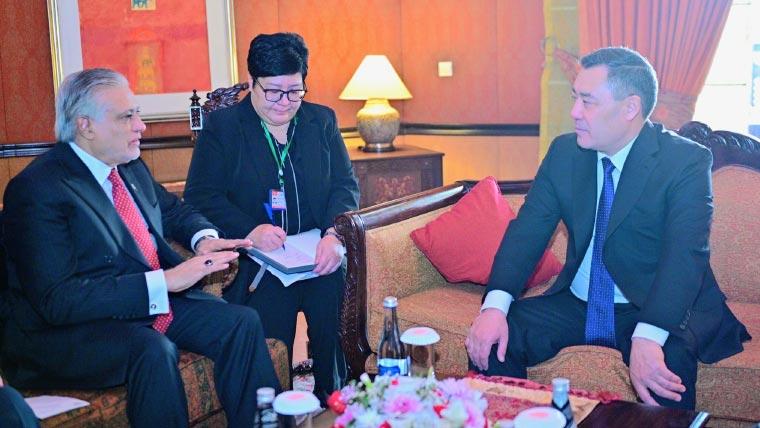
Dar meeting with the President of Kyrgyzstan: reaffirmation of commitment to strengthening bilateral cooperation
- a day ago

PM Shehbaz approves appointment of Field Marshal Syed Asim Munir as COAS, CDF
- 16 hours ago
Texas jumps to No. 2 behind UConn in AP Top 25
- 19 hours ago
Bama wins Iron Bowl; to face Georgia for SEC title
- 6 hours ago
Kiffin takes LSU job, won't finish year with Rebels
- 19 hours ago

